It may look small, but a flapper plays a crucial role in your toilet system. It controls the overflow of water in the tank of your flushing system. It’s located inside the tank and opens up to allow water to flow to the bowl. There are different types of toilet flappers as well.
The main types of toilet flappers are the rubber flapper, seat disk flapper, tank ball flapper, rubber flapper with a control dial, and rubber flapper with a floater. To know the size of a toilet flapper, measure it or check the manufacturing date, model number, or the amount of water flushed.
The toilet flapper plays a universal role in controlling the water flow in and out of the toilet tank. However, we’ll look into different sizes and types. Flappers are only found on toilets that use water, with vault toilets not having them.
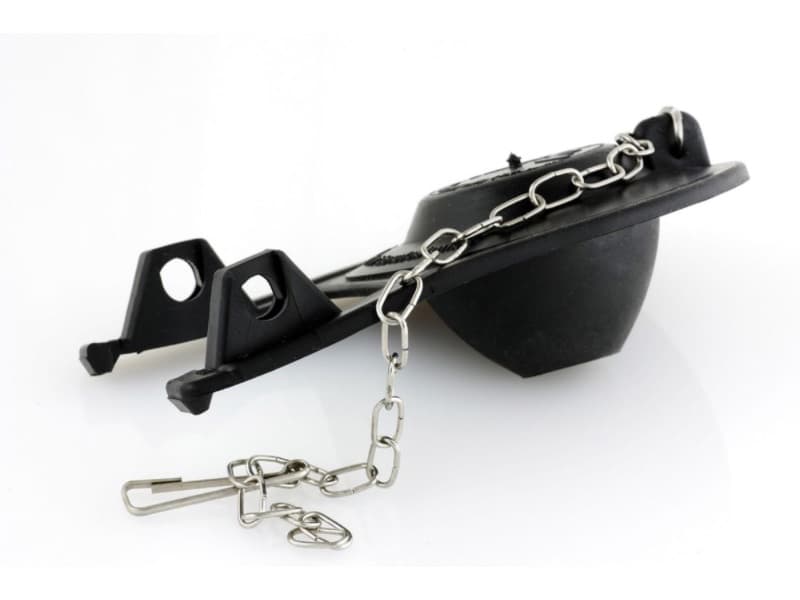
What is a toilet flapper?
A toilet flapper is a cover on your toilet pipe that prevents overflow within the tank. When you press the lever on your toilet, the toilet flapper opens the valve to empty water into the bowl.
Once empty and when water starts flowing to the tank, the toilet flapper closes the valve to prevent the water from flowing continuously into the toilet tank and getting wasted.
A toilet flapper is small, so most won’t think about it until it starts ruining the functioning of your entire toilet system. The toilet tank supply line will deliver water into the tank while relying on the effectiveness of the flapper to keep the toilet functional.
To understand how valuable a toilet flapper is, take a look at how the toilet system functions:
- You press the handle protruding on the edge of the tank, which lifts the arm within the tank.
- The arm holds the flapper open to allow water to drain into the toilet bowl.
- Once the water is drained, the handle is lifted back to its position, and so are the arm and the flapper.
- The water stops flowing into the tank after the flapper is back in its position. And that marks the end of the entire flushing process.
That shows you the flapper is a critical element in the toilet’s functioning.
Types of toilet flappers
Mainly, toilet flappers are categorized based on material composition, size, and functionality.
Here are the main types:
| Toilet Flapper | Main Features |
| Rubber toilet flapper | Rubber flap with chain |
| Seat disk flapper | A circular disk with a metal stem |
| Tank ball flapper | A weighted ball with a metal stem or chain |
| Rubber flapper with control dial | Rubber with chain and control dial |
| Rubber flapper with a floater | Rubber flap with a floater for water level |
1. Rubber Toilet Flapper
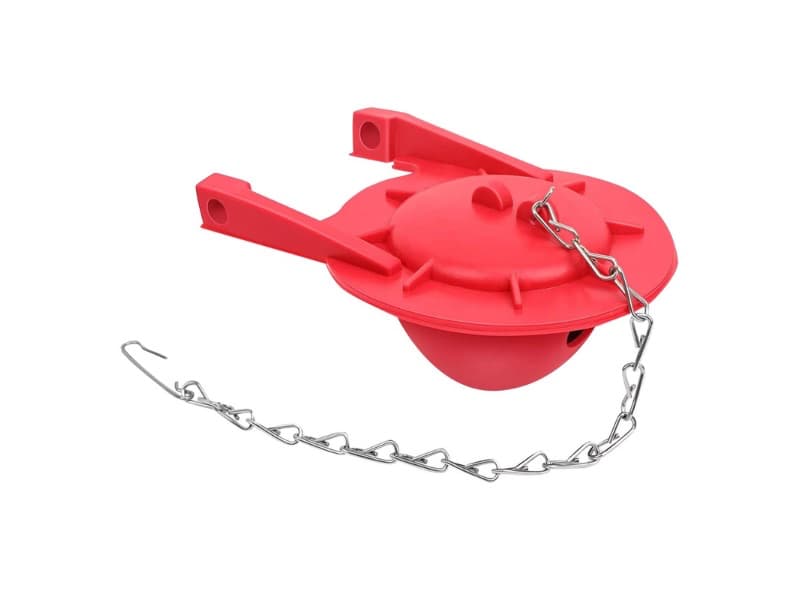
This flapper is made from rubber, and is the most common type in households. Although most rubber flappers are unadjustable, they do a good job of preventing an overflow.
The flapper is fitted with an opening that allows water to flow through and only stops once the flapper fits into its space.
It also features a chain on the edge that aids in lifting and lowering the flapper to its position. The hinge openings are for fitting the flapper to the position.
2. Seat Disk Flapper

The flapper resembles a disk, and you will mostly find it in older toilet systems. The disk is connected to the tank.
Once you pull the flush handle, you allow the water to flow in as the reservoir helps keep the disk in place. Once filled, the disk will be lowered to its position as the reservoir empties.
It’s hard to get this kind of a flapper on the newer homes as the system is a bit bulky with so many parts. So it’s bound to fail time and again, and getting the parts can be hard.
3. Tank Ball Flappers
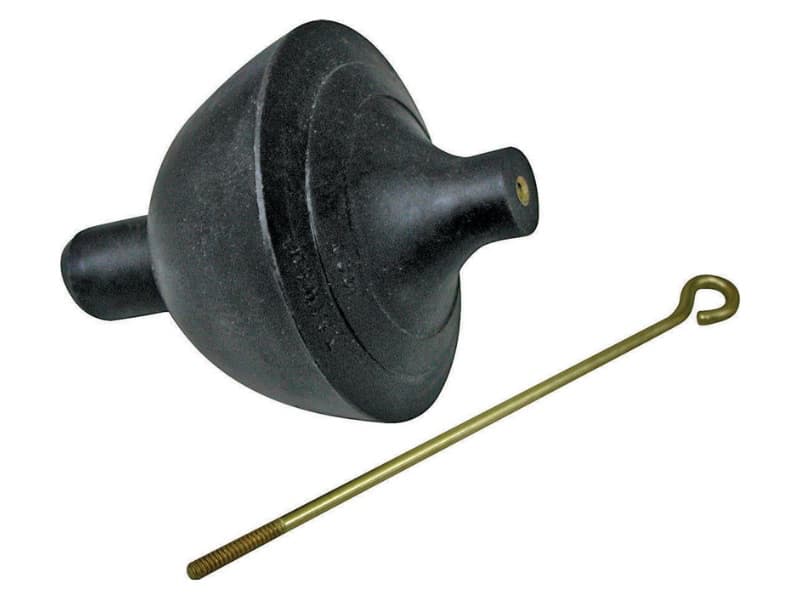
The tank ball flappers are made of plastic and can feature a rod or a chain holder. The flapper opens and closes to allow water in and out of the tank.
It works by allowing water into the tank ball once you hold the flush handle down. Then, as you flush, the ball clears the way and drains the water.
Next, the ball is filled with water, and given the weight, the tank ball is lowered to close the pipe, stopping the water from spilling over.
The tank ball uses a mechanism similar to the disk, only that it is filled with water and relies on its weight as it closes the pipe, channeling water into the tank.
4. Rubber Flapper with a Control Dial
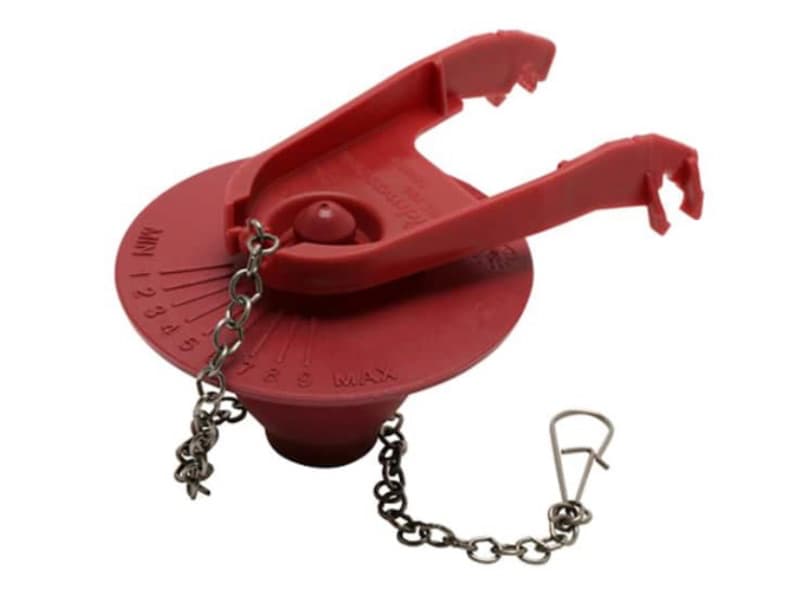
The rubber flappers, being the most common type, come in different forms. And among the most common ones is the rubber flapper with a control dial.
The flapper features a dial pattern allowing you to control the water used in your toilet system.
It dictates the length of the chain, allowing you to control the amount of water the toilet flushes. The longer the chain, the more water you flush.
So, if you adjust the dial from 2 to 9, it means you’ll flush out more water and have more toilet flush power. A shorter chain means you consume less water and save more.
Given its efficiency, this flapper is among the most common types in modern facilities.
5. Rubber Flapper with a Floater
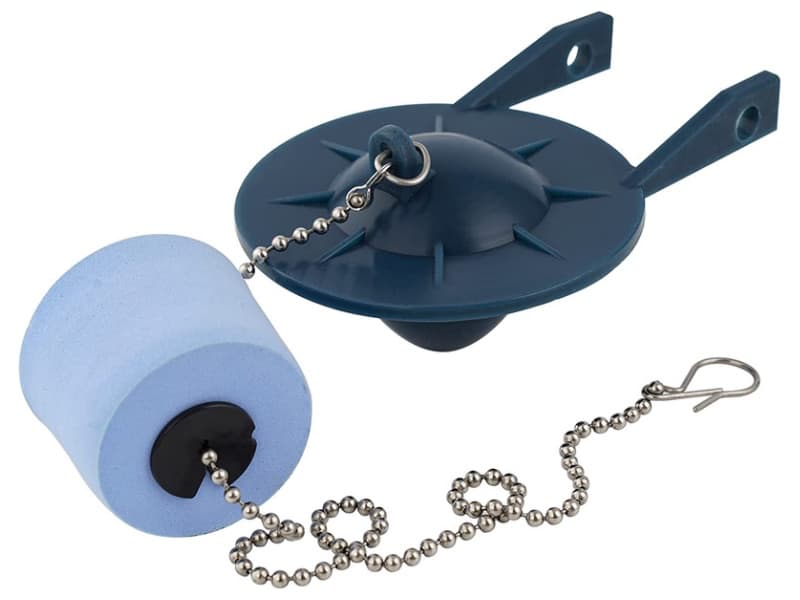
This is also a modification of the rubber flapper. It features a floater attached to the flapper.
The essence of the floater is to control the amount of water you flush. More water will be flushed down by positioning the floater closer to the flapper. But, if you position it further away from the flapper, less water will be flushed down.
These modifications on the rubber flappers aim to monitor and control the water used in your toilet.
The size of a toilet flapper
Once you embark on buying a new toilet flapper, you need to get the size right to avoid back-and-forth trips to the shop.
To know the exact size, consider the following factors:
1. Measuring
This is the one sure way you can tell your toilet flapper size. Most toilets nowadays feature either a 3-inch or a 4-inch flapper.
However, that doesn’t mean yours can’t be a 2-inch. For example, if you measure the flapper that reads between 1.8 to 2.5 inches, you should go for a 2-inch flapper.
To get the flapper’s actual size, measure the drain’s interior end, which should guide you to the right size to buy.
2. Model
To get the right size, check on the model of your toilet, or better yet, get the model number. It will be a good starting point in identifying the best flapper that fits your toilet.
Once you get the number, go ahead and identify the brand and flapper size that befits your toilet.
3. Manufacturing Date
Most recent toilets use 3- or 4-inch flappers. Hardly will you find a recently made toilet that uses a 2-inch flapper.
4. Amount of Water Flushed
Every toilet has its capacity in gallons per flush that it flushes out. This is the maximum amount of water that flows in and out of the toilet system per flush. For instance, a 1. 5 gallons per flush toilet will use a 3-inch flapper.
With that information, getting the right flapper size for your toilet will be easy.
Conclusion
Different types of flappers are available in the market today, and your choice will be influenced by how well the flapper fits on your toilet and personal preference. You should consider getting the best flapper that will fit on your toilet and considerably reduce water wastage.
Adjustable flappers seem to be the in-thing given their efficiency in reducing water wastage. And, in case you want more water flushed under pressure, they give you that liberty.
